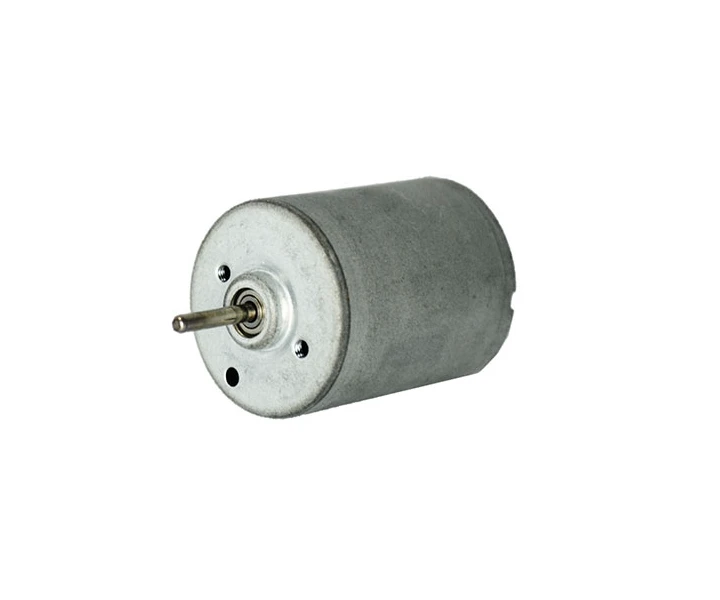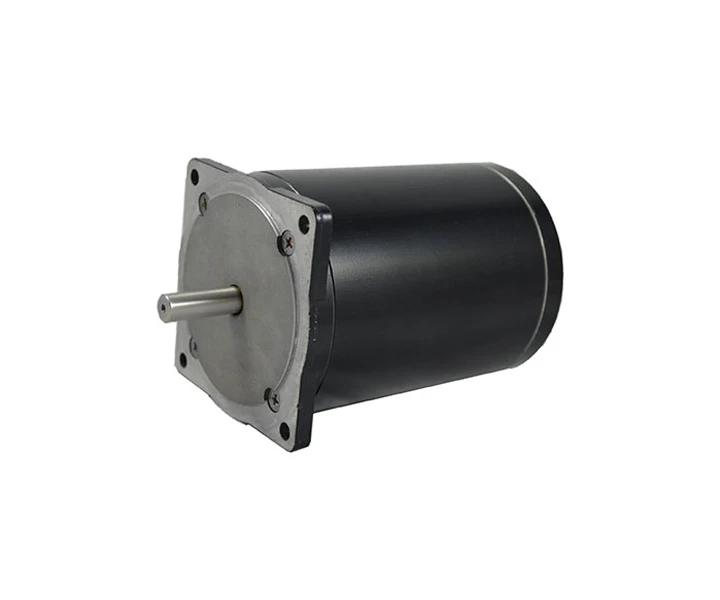Home > Brushless DC Motors
Brushless DC Motors
Brushless DC motors are a modern advancement in motor technology, offering many advantages over traditional systems. They’re more efficient, providing increased power output with lower energy consumption, and more reliable due to fewer moving parts.
TelcoMotion’s brushless DC motors are a cut above standard brushed models. With rugged construction and advanced controls, they provide outstanding efficiency and reliability for any application. Our long life, compact size, high speed, and high-efficiency Brushless Motors are ideal for high-performance applications and long-life requirements.
Products

Micro BLDC
Optimized to deliver the highest performance and efficiency, our Micro BLDC motors minimize size and weight while delivering superior power. Most of these can be provided either as motor only, or motor with integrated driver. Available sizes range from 16 mm to 56 mm motor diameters.

NEMA BLDC
These NEMA BLDC motors boast high speed, high torque, and long operational life in a robust standardized package. Available sizes include NEMA 11, 14, 17, 23, and 34, as well as other larger formats.
TelcoMotion is Your Trusted Source for Brushless DC Motors
Brushless DC motors must be built well to achieve maximum performance and reliability. TelcoMotion is a name you can trust, offering a selection of BLDC motors designed and manufactured to the highest quality standards.
They come in a variety of shapes and sizes to fit all sorts of applications, from small industrial applications to large-scale commercial equipment. Backed by a reputation of industry-leading craftsmanship and customer service, you can’t go wrong when you choose TelcoMotion for your BLDC motor needs.
Applications
Robot actuators usually require precise speed control or torque control, making our brushless DC motors and clients’ robotic projects a perfect pair.
Telco’s brushless DC motors are becoming more popular in power tools, such as drills, saws, and other cutting machines. They offer high torque while using less energy than conventional brushed motors, enabling longer operating time between battery charges.
Our NEMA BLDC motors are constructed with a special rotor to suit high-speed automotive applications. They are a common choice for fuel pumps, steering systems, power seat adjusters, window wiper motors, and traction control systems.
Brushless DC motors are also used in HVAC systems to regulate the fan speed of blowers and compressors. Telco’s brushless design offers low noise levels while providing reliable performance at high speeds with maximum efficiency.
Many of our brushless DC motors are also used in surveillance systems, such as cameras that can be remotely controlled. They provide the power needed to move the camera and allow for precise control over its movement.
Telco’s micro BLDC motors can provide the exact control needed for sophisticated precision instruments. These instruments may be used in medical imaging equipment, laboratory equipment, and laboratory automation systems.
Brushless DC Motors FAQ
Read below for some commonly asked questions and answers relating to BLDC motors.
- Sensor-based brushless motors utilize hall sensors to detect the rotor position and enable the motor to start up without slipping or overshooting.
- Sensorless brushless motors are simpler and less expensive but may not be as precise when starting up and reaching desired initial torque.
Brushed DC motors and brushless DC motors both use direct current to turn electrical energy into mechanical energy, but they differ in how they produce this energy. Brushed DC motors use brushes to create electrical contact between the rotor and stationary wires, allowing current to flow through the rotor and generate torque.
Brushless DC units use powerful rare earth magnets instead of brushes to create a rotating magnetic field. This makes them quieter and more efficient than brushed DC motors – but they are also more expensive and require an electronic driver module to function.
Let’s Work Together
Why settle for less? Put Telco’s motion control and supply chain experts to work on your next project.
Technical Questions?
Whether you need more efficient solutions or engineering innovation, our engineers are up to any challenge.